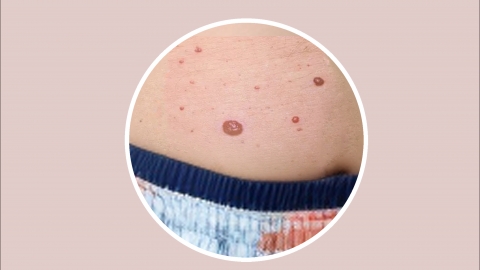What happens if hemangioma is left untreated?
In general, the consequences of leaving a hemangioma untreated depend on its location, size, and type. These may include local enlargement, compression of surrounding tissues, risk of bleeding, cosmetic concerns, and functional impairment. A detailed analysis is as follows:

1. Local enlargement: Some hemangiomas grow slowly over time. In infants, hemangiomas may increase rapidly in size. As the lesion enlarges, its impact on surrounding tissues becomes more significant, potentially increasing the difficulty of future treatment.
2. Compression of surrounding tissues: Enlarged hemangiomas may compress adjacent nerves, blood vessels, or organs, causing local discomfort such as pain, numbness, or impaired circulation. If vital organs are compressed, their normal function may be affected.
3. Increased risk of bleeding: The skin covering a hemangioma is often thin. When located in areas prone to friction or trauma, the lesion may rupture and bleed due to minor external forces during daily activities. Bleeding may be difficult to control and recurrent episodes could increase the risk of infection.
4. Cosmetic impact: Hemangiomas on exposed areas such as the face or neck can cause abnormal skin coloration and localized bulging, affecting appearance. This may lead to psychological distress, especially in children who may develop feelings of self-consciousness or low self-esteem as they grow older.
5. Functional impairment: When hemangiomas develop near joints, eyes, or the oral cavity, their growth may restrict joint movement, impair vision, or interfere with chewing. In severe cases, this can significantly affect daily activities and physical function.
In daily life, it is important to protect the area where the hemangioma is located by avoiding frequent friction, pressure, or physical trauma, and maintaining cleanliness of the local skin. Regular monitoring of changes in the hemangioma’s size and color is recommended. If rapid growth or unusual symptoms occur, timely medical evaluation and targeted interventions should be sought to minimize adverse effects.








